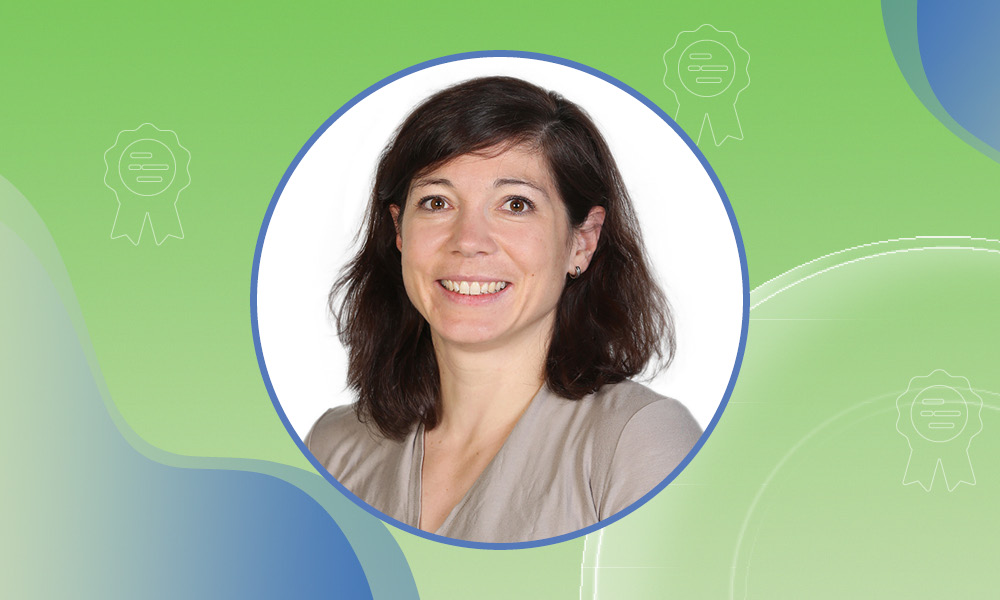
Read the latest Issue
The group leader will receive €2 million to study interactions between healthy and cancer cells in the human bone marrow

Judith Zaugg, Group Leader at EMBL Heidelberg, has been awarded a prestigious ERC Consolidator Grant of €2 million funded under the European Union’s Horizon Europe research and innovation programme. Over the next five years, the grant will enable her and her group to expand their research on interactions between cells in the human bone marrow and their role in blood cancer.
The Zaugg Group uses large-scale multi-omics and computational approaches to study how genetic and epigenetic variation among people contributes to their individual molecular characteristics and complex traits. The grant will enable the group to study the microenvironment within the human bone marrow and its role in acute myeloid leukaemia (AML), at single-cell resolution.
AML is a type of blood cancer that is driven by leukemic stem cells, which originate by mutation of blood stem cells in the bone marrow. These cells are hard to kill using anti-cancer therapy, and even when just a few of them survive, AML may recur. The survival of blood cancer cells partially depends on the microenvironment in the bone marrow, called the bone marrow niche. It comprises diverse cell types, including mesenchymal stem cells – the precursors of bone and fat cells, and supports the production of healthy blood cells.
“We think the blood cancer cells might alter their bone marrow niche such that it supports the survival of the cancer cells over healthy blood production,” said Dr Zaugg. “That’s why we want to understand how these cells interact with their surroundings.”
The Zaugg Group will investigate how leukemic cells interact with mesenchymal stem cells and immune cells in the bone marrow. They will also quantify how the bone marrow niche differs between people and how these differences may influence AML development. The group hopes to pave the way for developing new therapies targeted at leukemic stem cells.
To achieve this, the scientists will work closely with clinical researchers from the MMPU group Stem Cell-Niche Networks within the Molecular Medicine Partnership Unit, which brings together EMBL and the University Hospital in Heidelberg. The Zaugg Group will analyse bone marrow samples collected at the University Hospital from patients with AML. In each sample, they will analyse thousands of individual cells using single-cell chromatin accessibility and RNA sequencing. They will also analyse each cell’s surface proteins to investigate cell-cell interactions. Next, the scientists will integrate the data using innovative computational approaches to make predictive models of leukemic cells’ interactions with the bone marrow niche. Finally, together with their collaborators, the team will test these predictions in animal and cell culture models.
“This will be the first time we’ll see the diversity of an adult stem cell niche across a large number of individuals,” said Zaugg. “I’m excited that with this project, we’ll move away from purely descriptive single-cell genomics studies, and we’ll enter the era of making testable biological predictions.”
The project aligns with research themes such as Molecular Building Blocks, Cellular and Multicellular Dynamics, and Human Ecosystems which form parts of the EMBL Programme ‘Molecules to Ecosystems’. The Programme, which started in 2022, will focus on studying life in its context at the molecular level.
Looking for past print editions of EMBLetc.? Browse our archive, going back 20 years.
EMBLetc. archive